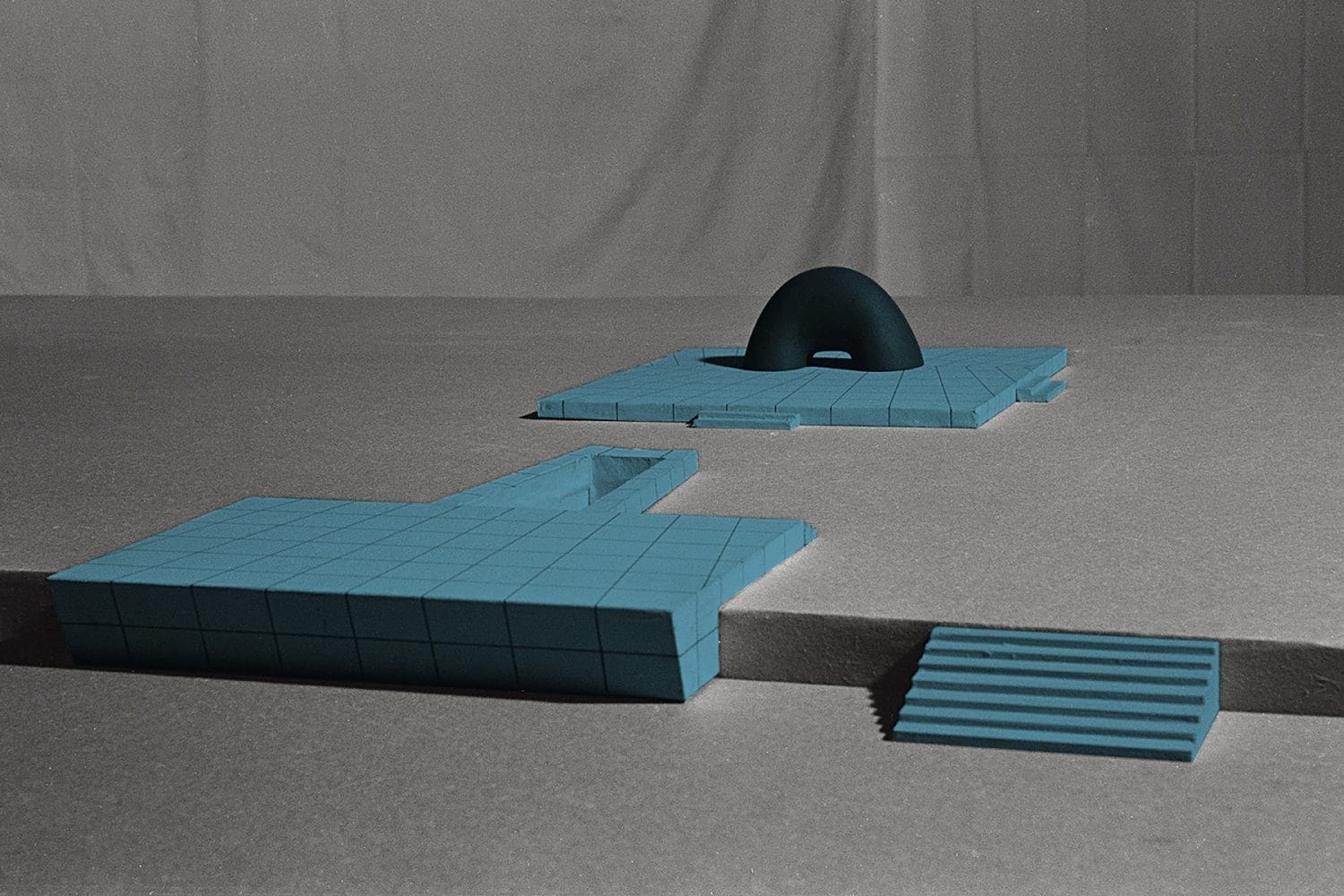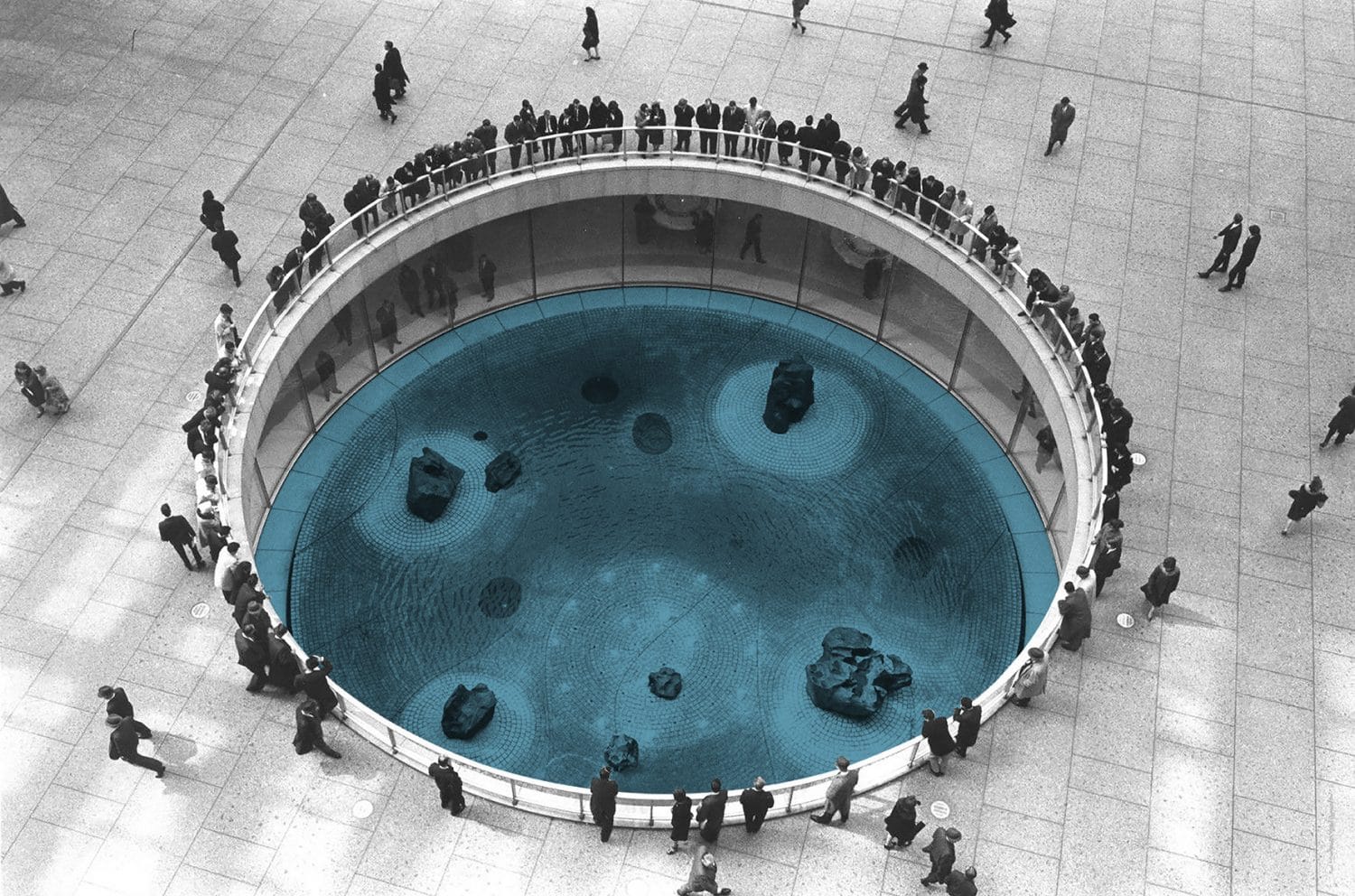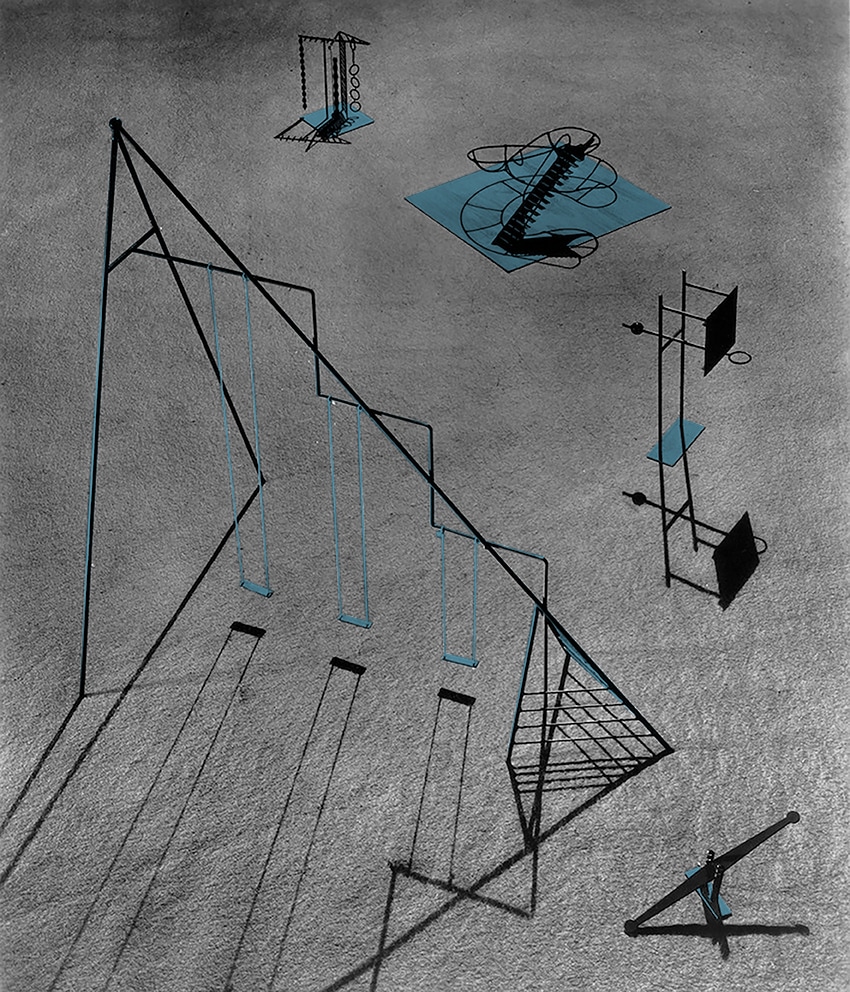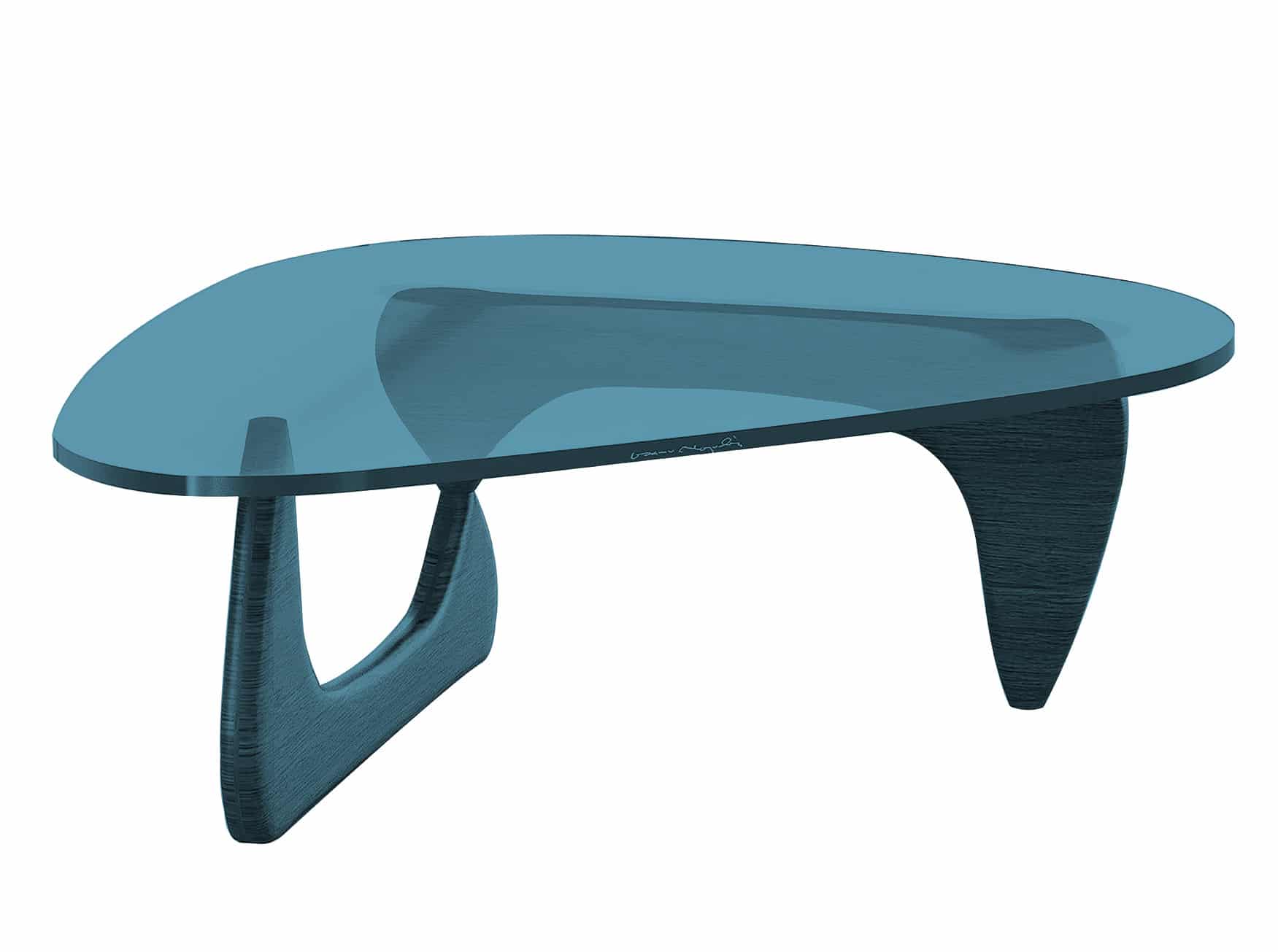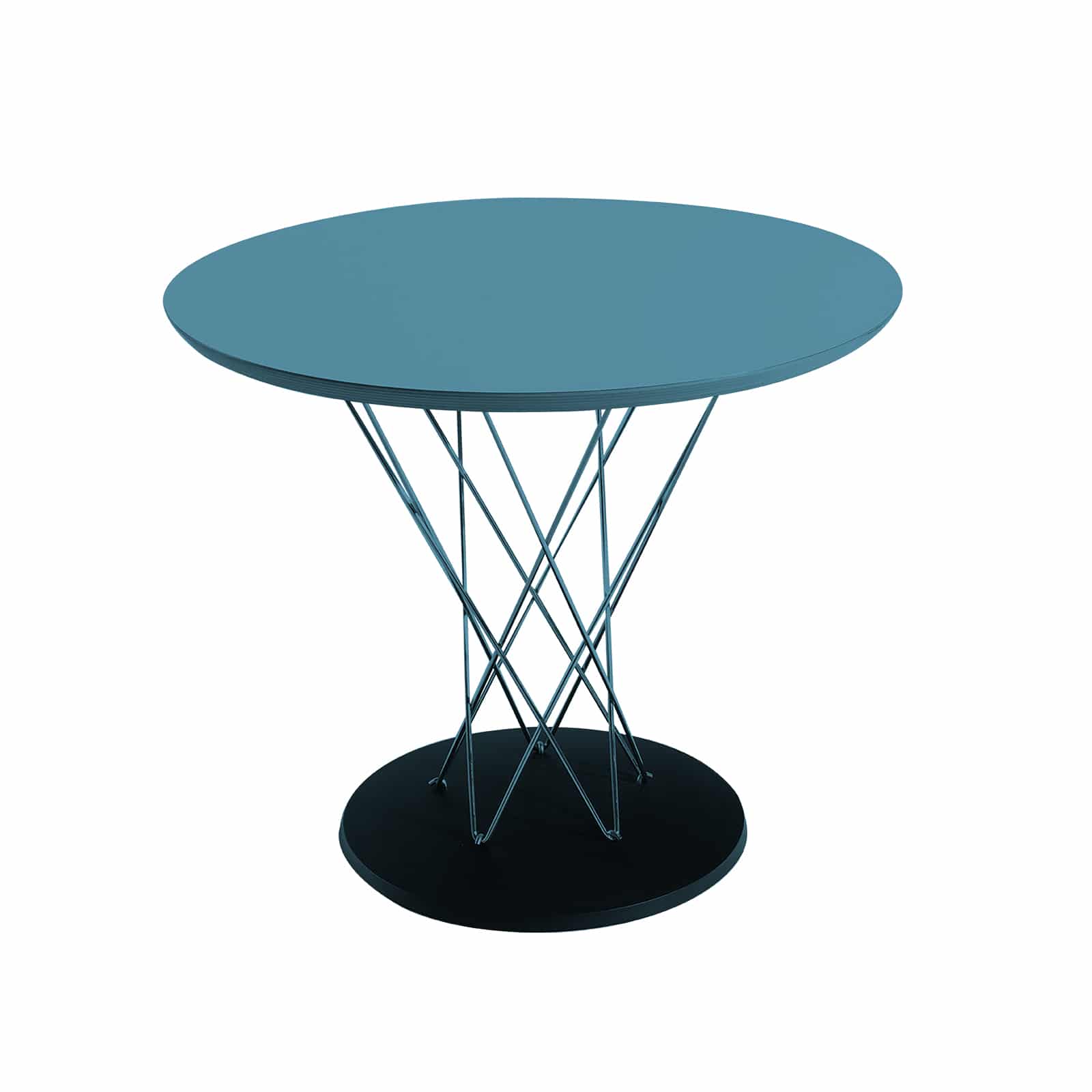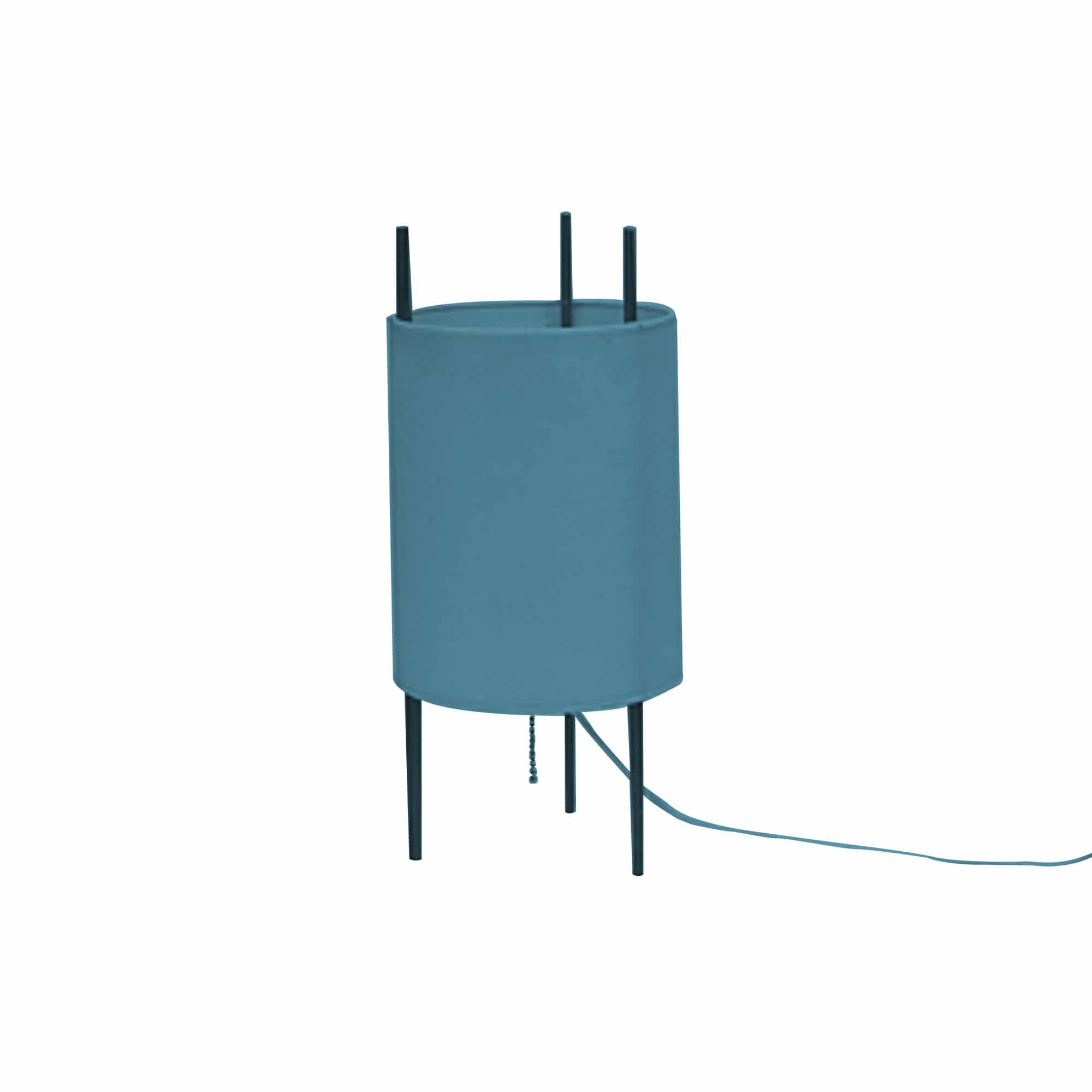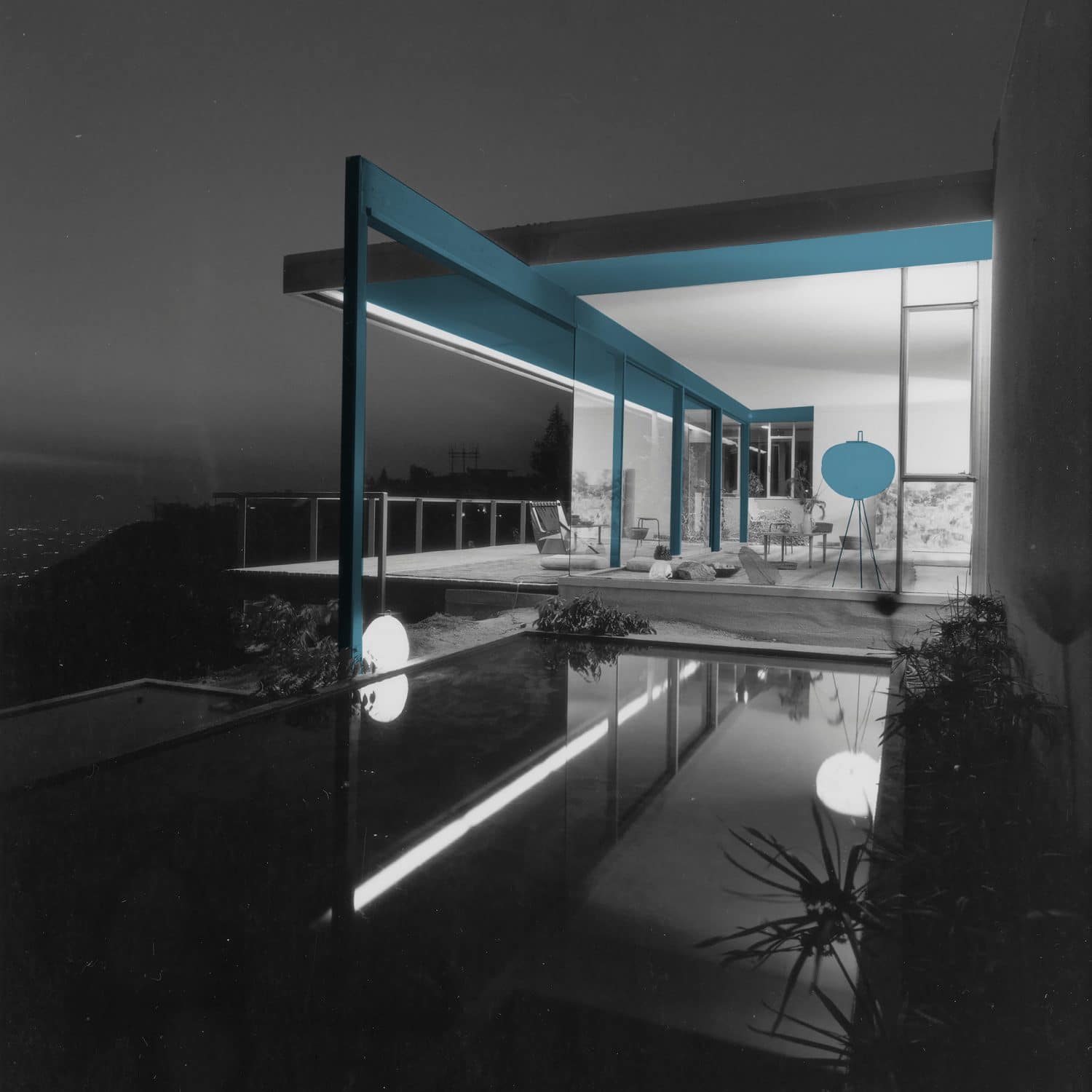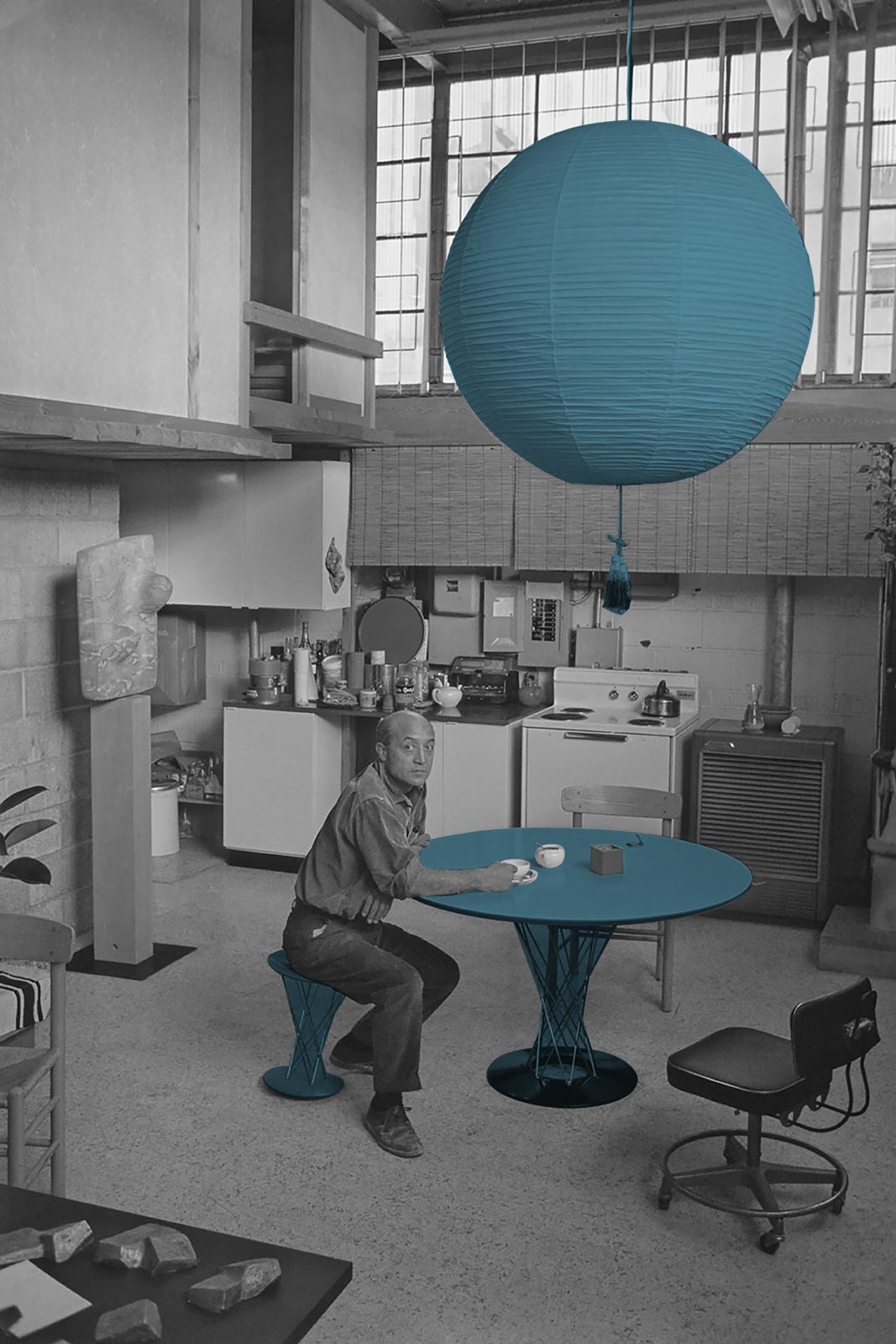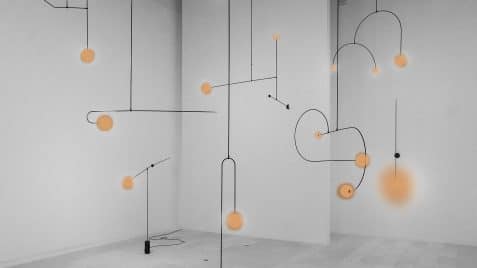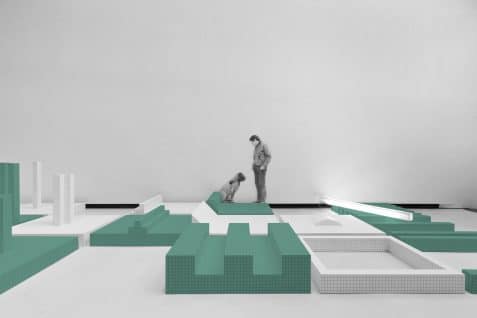INTERIOR
Isamu Noguchi: Sculpting Space #Isamu Noguchi
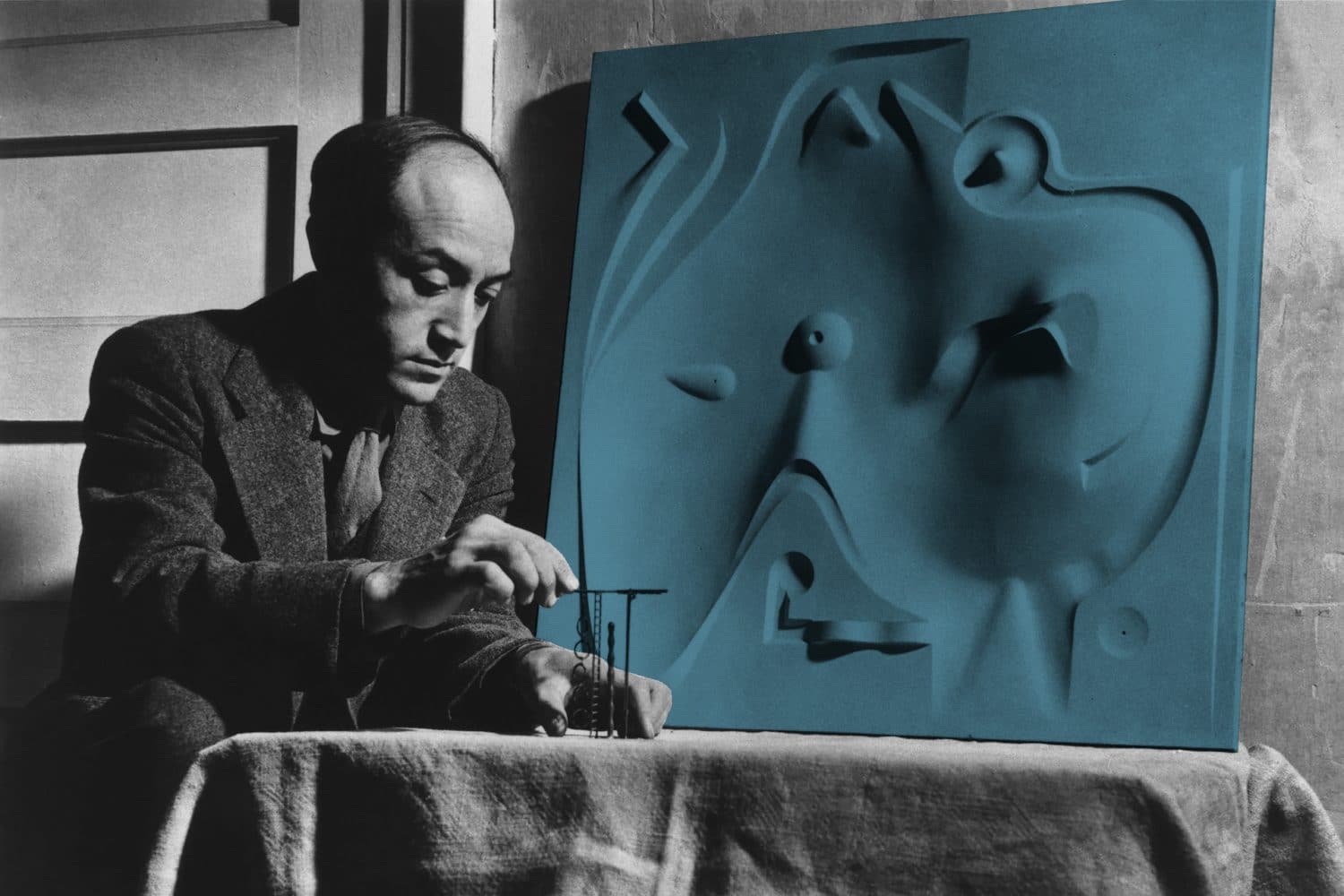 1/11
1/11
The sculptor Isamu Noguchi, born of an American mother and a Japanese father, was richly related with architecture. From his friendship with the visionary architect Richard Buckminster Fuller he developed a new concept of sculpture close to architecture and landscaping, which resulted in the creation of stage designs, gardens and parks that he called sculptural spaces.
The most famous of these sculptural spaces is most assuredly the Japanese garden that he created together with the architect Marcel Breuer for the Unesco Headquarters in Paris in 1956. Noguchi also collaborated with Gordon Bunshaft, one of the architects in Skidmore, Owings & Merrill, in projects such as the sculpture garden for the Chase Manhattan Bank in New York. Unfortunately, many of Noguchi’s monumental projects were never realized, such as the Hiroshima Peace Memorial Park, with the Japanese architect Kenzo Tange. The playgrounds for the Riverside in New York that he designed with Louis Kahn, to whom he dedicated the sculpture Constellation in the Kimbell Art Museum, were neither built.
If a rock is sculpture, the space between rocks and the one between rock and spectators is also one. Even the communication between them is sculptureIsamu Noguchi, Garden Elements, 1962.
Isamu Noguchi’s other great contribution to postwar American architecture developed from a seemingly different field and scale, from industrial design. In 1944 he designed his famous glass top table with biomorphic legs, to be produced by Herman Miller, and the Cylinder table lamp, inspired by Japanese paper lanterns and produced by Knoll. Both pieces, as well as the Akari paper lamps or the Cyclone table, are indispensable in the Californian architecture represented in Julius Schulman’s photographs or in magazines such as Arts & Architecture.
